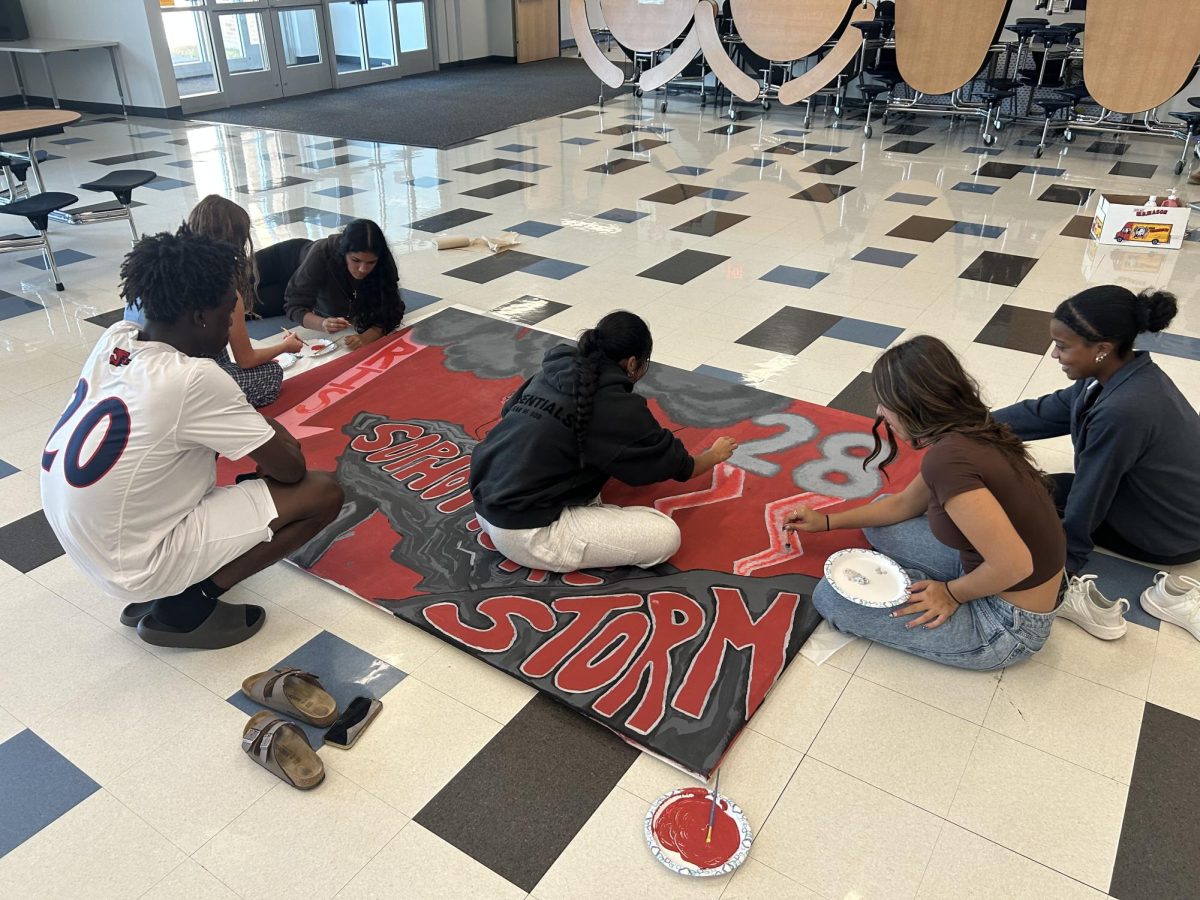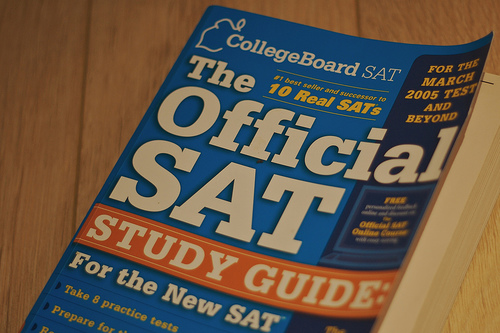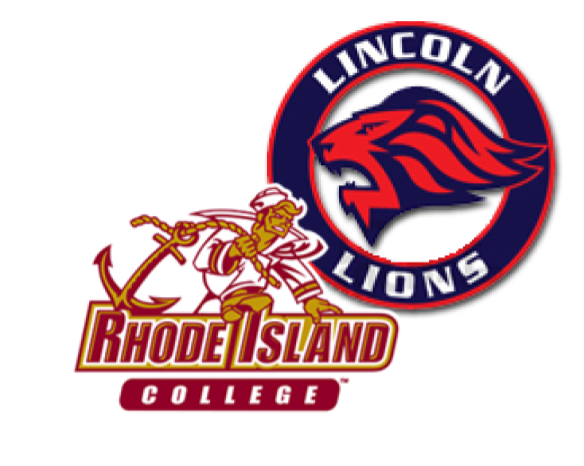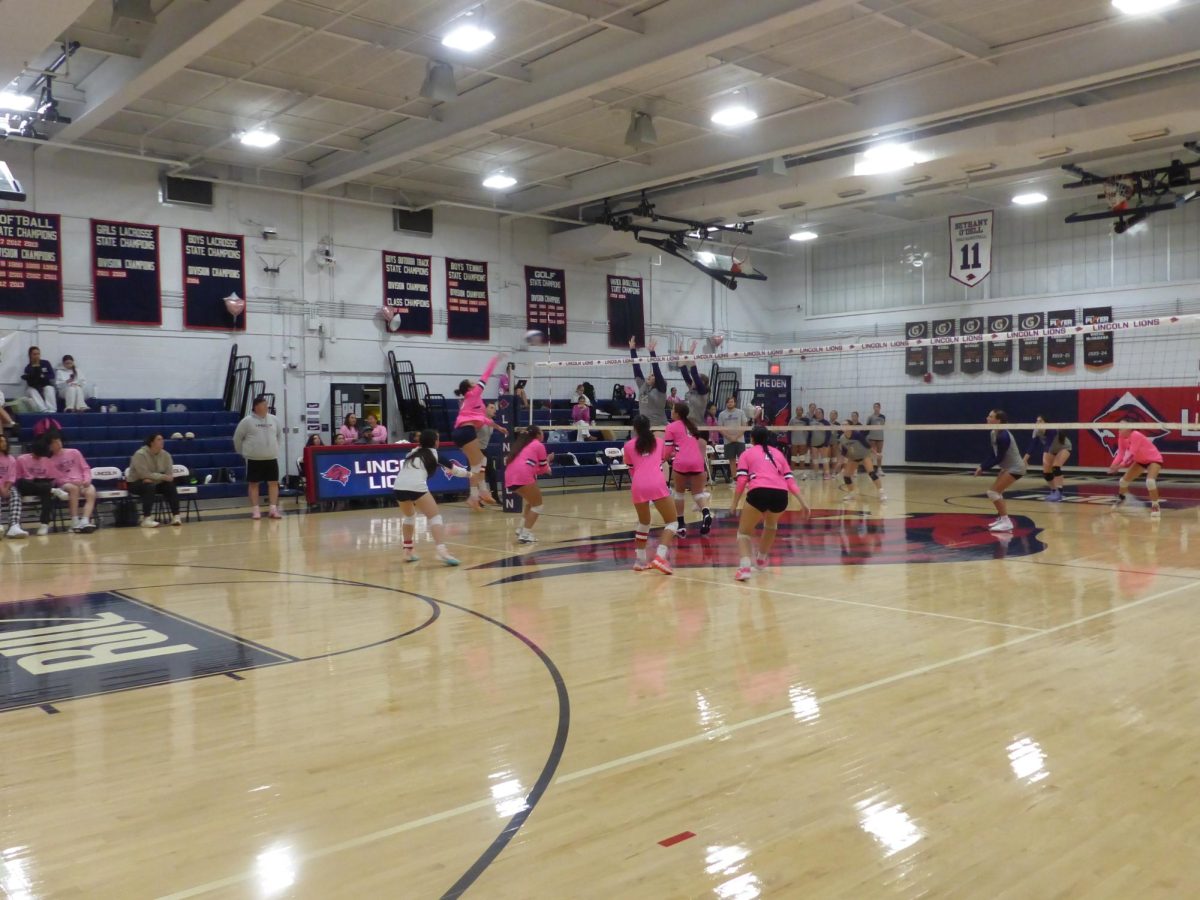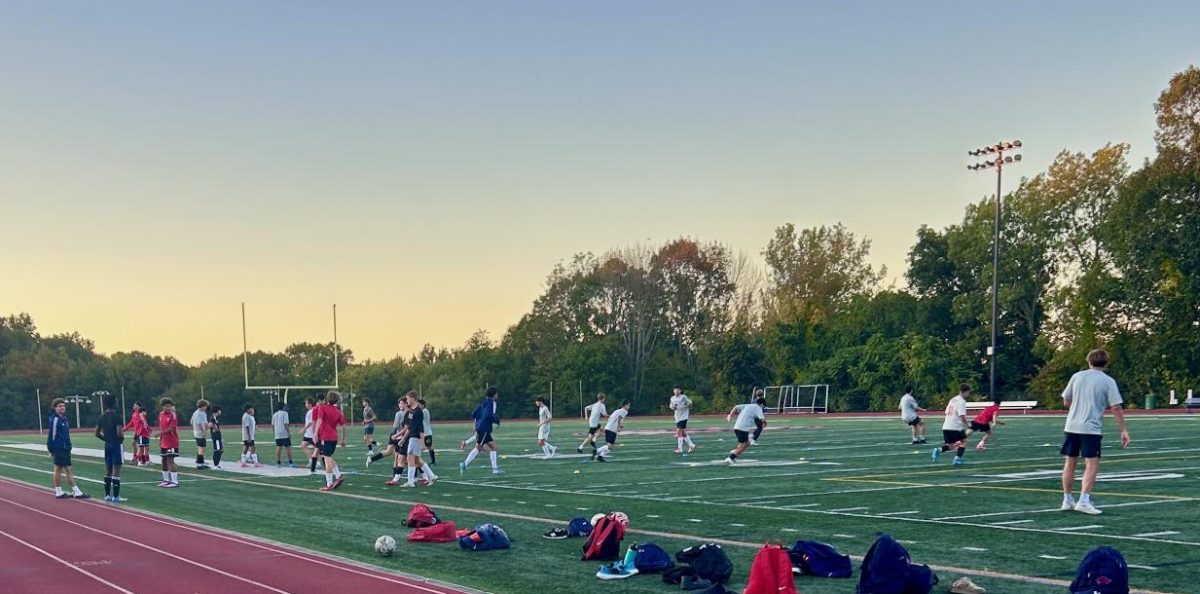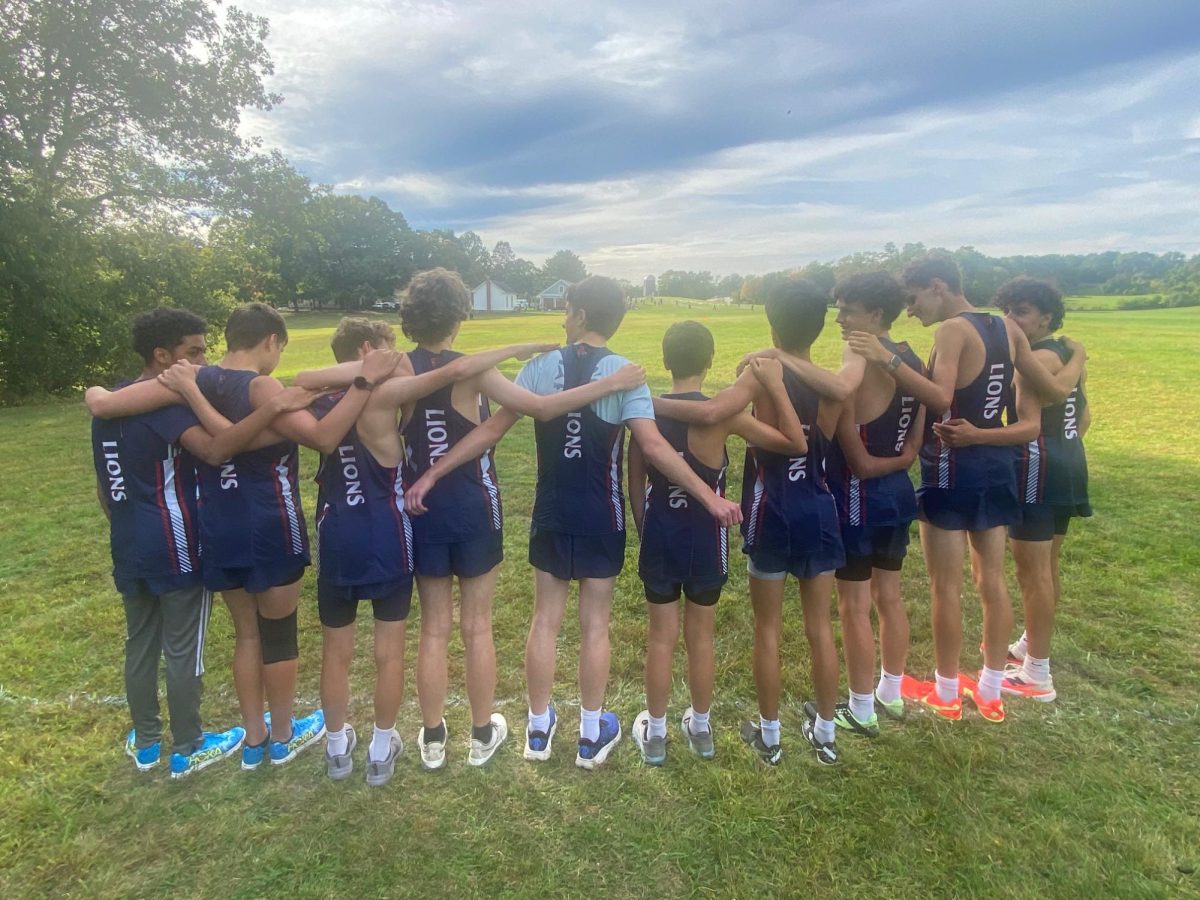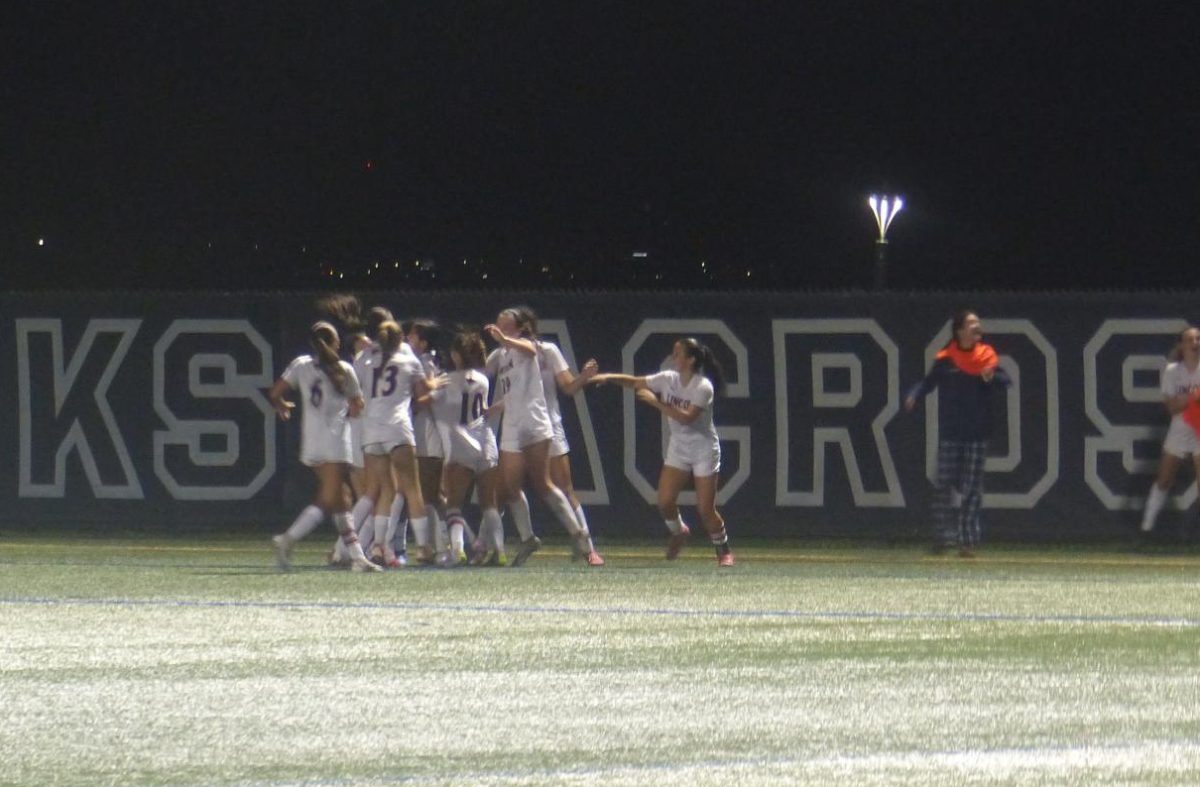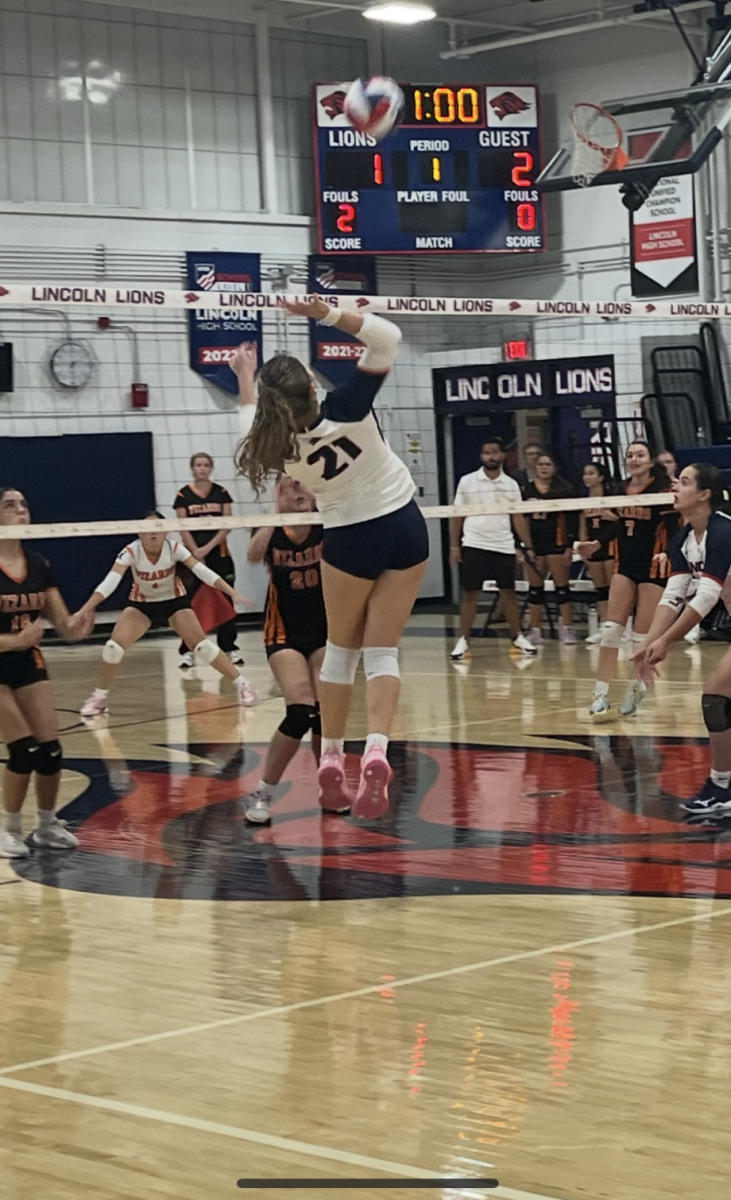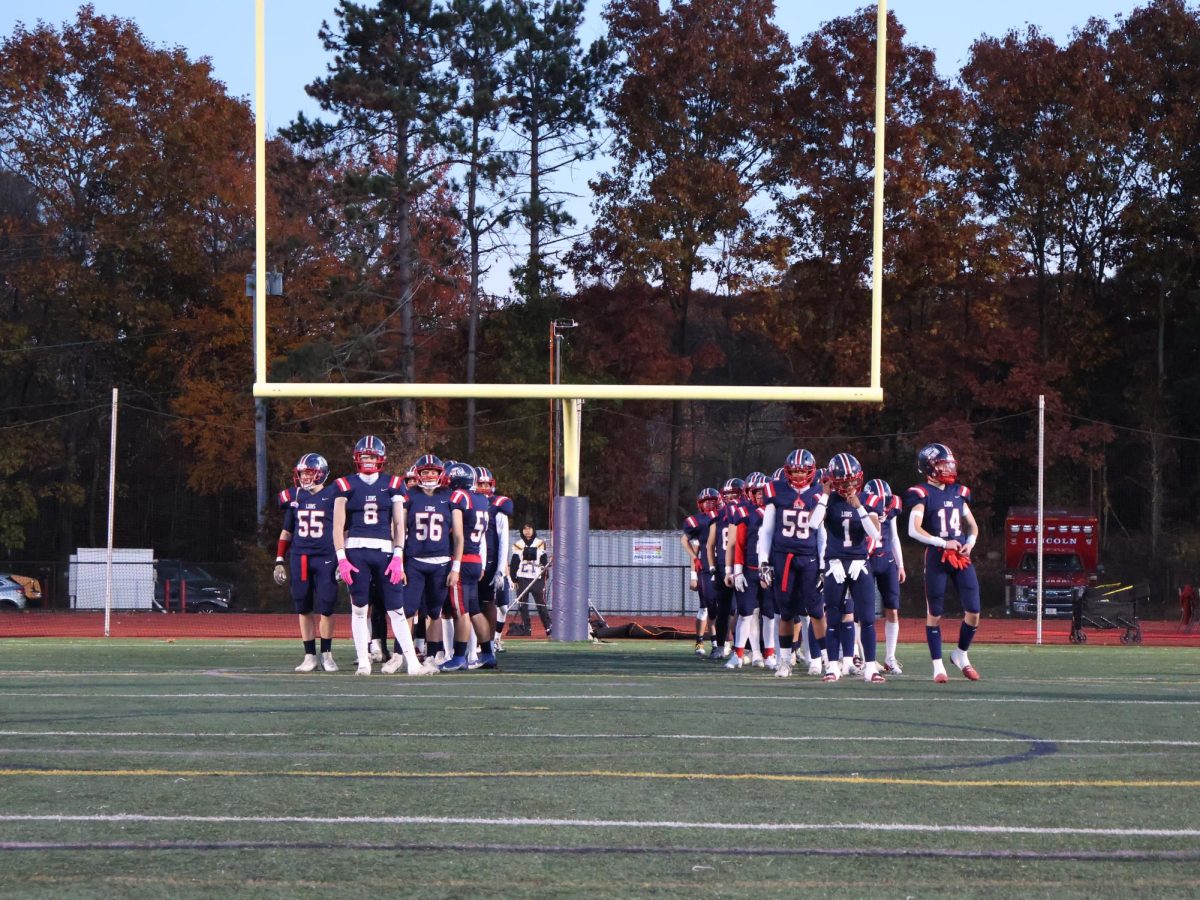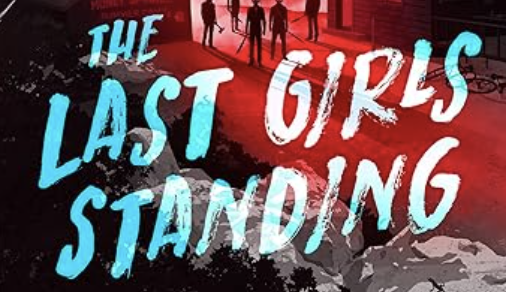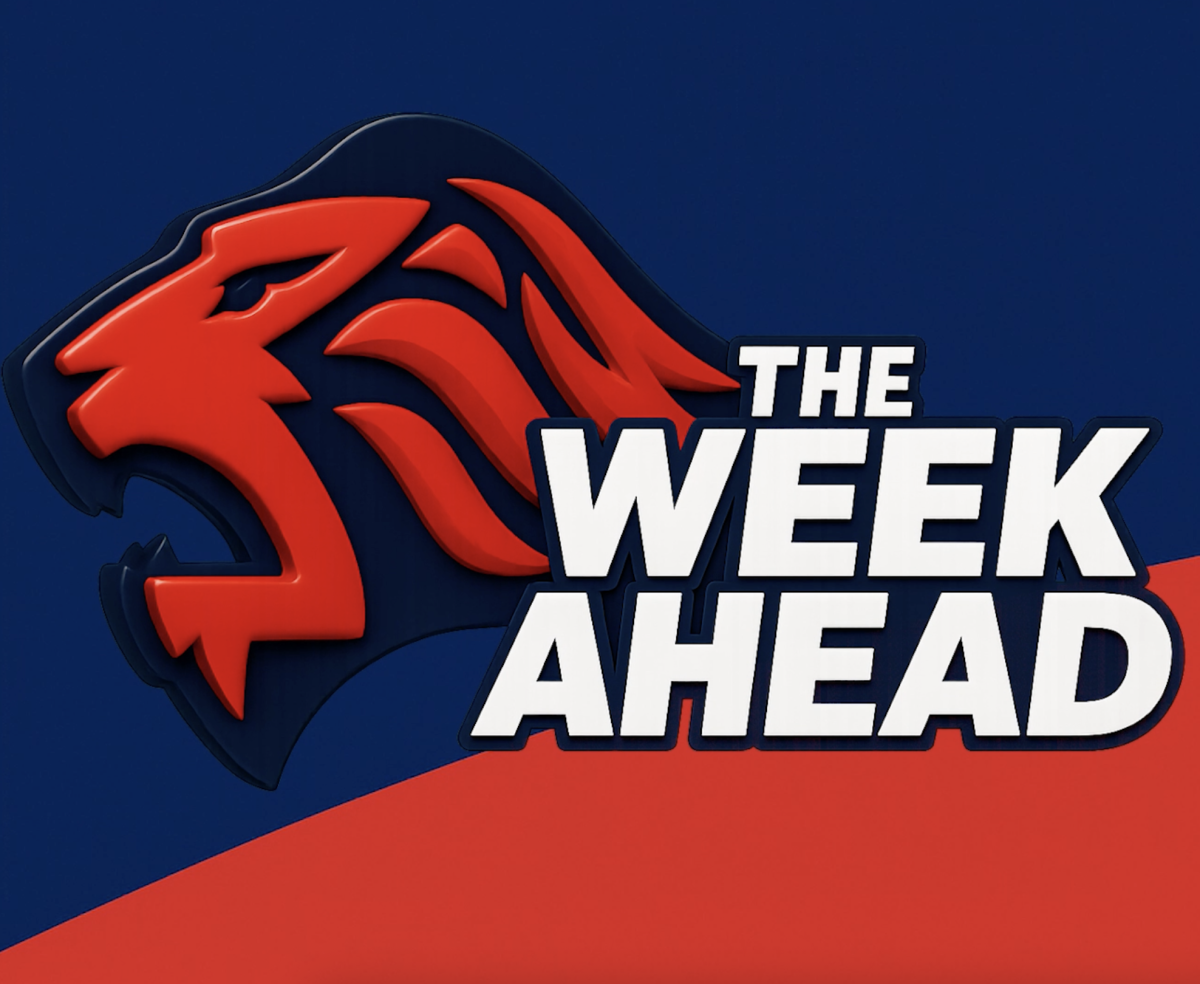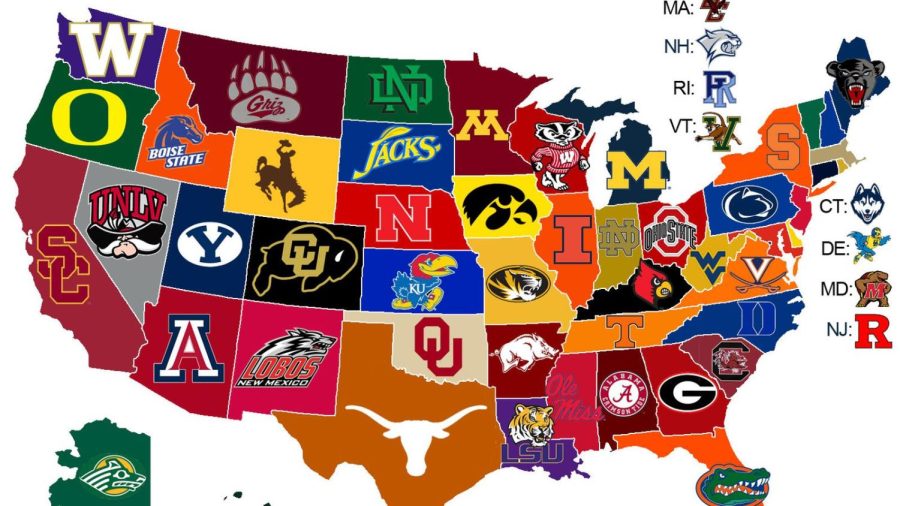A New Age For College Athletics
September 1, 2022
Throughout the history of essentially anything, power is created in numbers. This is no different in the world of college sports. Since March 31, 1906, when the NCAA was founded, they’ve acted as the governing association for all conferences of collegiate sports. This branch of athletics controls games, scheduling, and even punishment for players or staff behavior. In recent years, the NCAA has been under fire for its lack of investigation into cheating scandals regarding recruitment deals prior to the NIL agreement.
Year in and year out, it’s not out of the ordinary for teams to leave their respected conference for another. In the past couple of years, some of the moves include Rutgers and Maryland to the Big Ten, Notre Dame joining the Big Ten for college hockey, and Texas switching conferences along with other realignments.
Recently, the Big Ten added USC and UCLA to their alliances. This expansion news broke the news in college athletics. Many argue the move makes very little sense geographically considering USC and UCLA are west coast programs with the closest current Big Ten school being Nebraska which is nearly 1,500 miles away. Fans and reporters argue the move makes little sense geographically for other Big Ten schools but most importantly for UCLA and USC, considering half of their schedule will be spent traveling cross country.
With big name conferences expanding larger and larger, the possibility of widespread realignment grows more likely, which could be a major hit for the NCAA. It’s been a conversation in the past to completely eliminate the NCAA and have individual power 5 conferences build their own leagues after further expanding. In regards to the College Football Playoffs and NCAA March Madness, the conferences will more than likely collaborate to structure a similar format currently implemented, but just wouldn’t be run by the NCAA.
As of 2025, the Big Ten and SEC will have 16 teams in their respective conference. Though the expansion will positively impact large market schools in D1 athletics, these moves may hurt smaller profile conferences like the Big East because their value of athletics is so one-dimensional, seeing as though the only sports they pretty much have to offer are basketball and hockey.
As we just now enter September, the completion will soon be roaring and taking over our attention, but in the meantime, all we can do is talk about the excitement in the world of college athletics in the future. Only time will tell what’s going to happen next for these schools, conferences, fanbases, and most importantly the NCAA as a whole.

